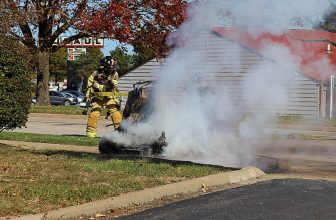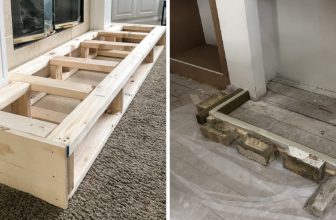How to Plaster a Fireplace
Are you looking for a simple DIY project to spruce up the look of your home? Plastering a fireplace is an easy way to give your living area an elegant and timeless makeover. But beyond the aesthetic benefits, plastering your fireplace has functional advantages as well.
It can increase energy efficiency by creating additional insulation, help reduce drafts and cold spots in the winter time, and even create soundproofing that helps deaden echoes throughout the room. In this blog post, we’ll explain everything you need to know about how to plaster a fireplace quickly and easily.
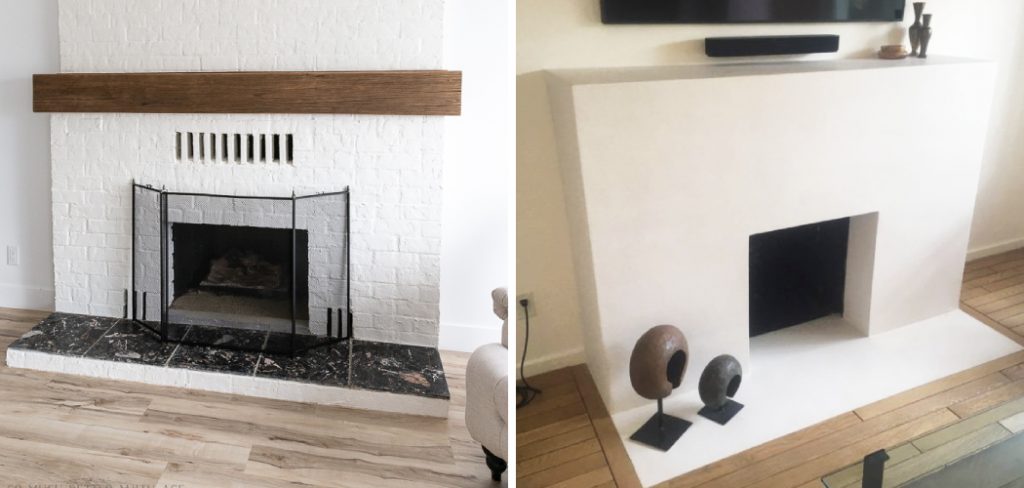
Plastering can be an effective and cost-efficient way of giving your fireplace a facelift. While it’s not the simplest renovation project to undertake, plastering has been used for centuries and is often easier and more accessible than masonry or drywall techniques. So if you’d like to learn how to create an attractive brushed finish around your grate, read on as we explain the basics of plastering your fireplace!
Why May You Want to Plaster a Fireplace?
1. To Update an Old Fireplace
Plastering a fireplace is a great way to update its appearance and freshen up the look of your living space. This will also help to cover up any cracks or other imperfections that may be in the existing fireplace.
2. To Repair a Damaged Fireplace
If your fireplace has been damaged due to age, wear, and tear, or an accident, plastering can be a great way to repair it without having to replace the entire unit. This will also help prevent further damage from occurring.
3. To Insulate a Fireplace
Plaster is an excellent insulator, so applying it to your fireplace can help keep the heat in and the cold out. This will make your home more energy-efficient and reduce your heating bills. It will also help to keep the area around your fireplace safer from potential heat-related accidents.
How to Plaster a Fireplace in 5 Easy Steps
Step 1: Gather All The Tools You May Need
The very first step is to gather all the necessary tools and materials. This includes items such as a trowel, a hawk, a plasterer’s float, plastering sand, premixed joint compound, and tapered edge beads.
Step 2: Preparing Your Fireplace
Before you begin applying the plaster, it’s important to make sure that your fireplace is properly prepped. Start by using a vacuum or broom to remove any dirt, debris, and dust from the surface of your fireplace.

Step 3: Mixing The Plaster
Mix up the plaster in small batches following the instructions on the packaging. It’s best to mix it until it reaches a thick, creamy consistency that is easy to spread and work with. Also you have to make sure it is free from any lumps, as these will show up after you’ve applied the plaster.
Step 4: Apply The Plaster
Once your plaster mix is ready, grab your trowel and use it to apply the plaster evenly across your fireplace surface. Start by pressing down firmly on the edges of each section that you are covering with plaster and then smooth the plaster out in a swirling motion with your trowel.
Step 5: Finishing Touches
Finally, use a damp sponge to gently remove any excess plaster from the surface and ensure that you have an even finish. When everything is dry, inspect your work for any imperfections and then add tapered edge beads to provide additional decorative detail.
With these five easy steps, you’ll be able to plaster your fireplace like a pro and enjoy the beautiful results. Just make sure you give yourself plenty of time and take the necessary safety precautions when working with plaster. Good luck!
Some Extra Tips to Plaster a Fireplace
1. Do Not Over-Plaster
When plastering a fireplace, it is important that you do not apply too much plaster at one time. Too much plaster can cause cracking and other damage to the surface of your fireplace. Also, you have to make sure that the plaster is evenly distributed.
2. Use Masking Tape
If you are worried about painting your fireplace, you can use masking tape to protect the walls from the paint. This will also help in providing a nice even finish which will look much better than if you had not used any masking tape.
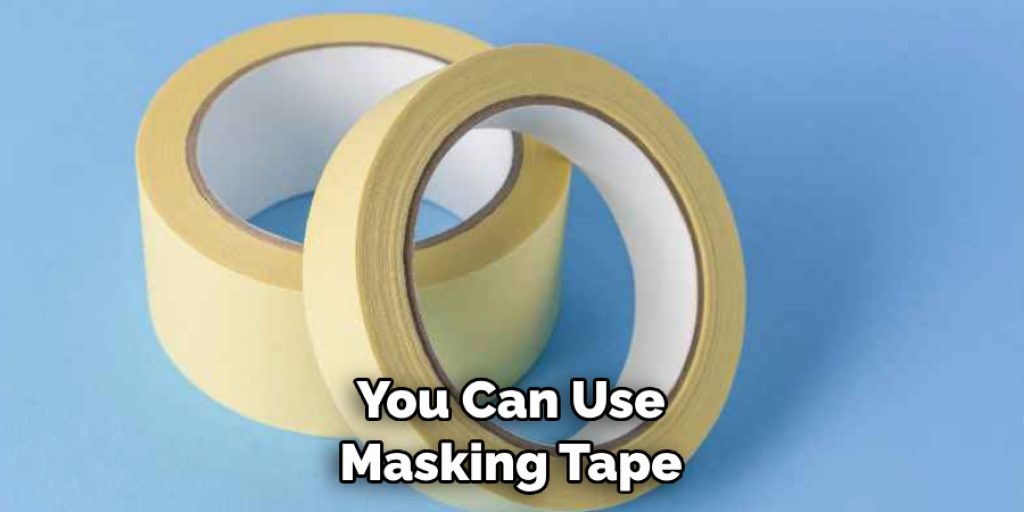
3. Take Your Time
Plastering a fireplace can take quite some time. It is important to take your time and ensure that the plaster is evenly applied so that it will last for years. Don’t rush it, as this could result in uneven application or damage to the surface of your fireplace.
4. Clean Up After Yourself
When you are finished plastering, make sure to clean up any mess that you may have made. This will help to keep your fireplace looking neat and tidy.
5. Consider Hiring a Professional
If the job seems too daunting for you, it is always best to consider hiring a professional. Plastering a fireplace can be tricky and you want to make sure that it is done correctly the first time around. Also, hiring a professional will save you time and money in the long run.
With these extra tips, you can be sure that your plastering job will look great and last for years to come. So take the time to learn how to properly plaster a fireplace and make sure that it looks perfect! Good luck!
Frequently Asked Questions
What Precautions Should I Take When Plastering a Fireplace?
It is important to take all the necessary precautions before beginning work on any plastering project, particularly when working with fireplaces. Make sure that the room is well ventilated and wear protective gear such as goggles, gloves, and a face mask. You should also ensure that you are using the correct type of plaster for the job and that it is mixed correctly. Additionally, be sure to remove any furniture in the room before beginning work on the plaster.
How Do I Remove Old Plaster from a Fireplace?
The best way to remove old plaster from a fireplace is to first begin by chipping away at it with a hammer and chisel. If there are large sections of the plaster that are stubbornly stuck, you may need to use a heat gun or hair dryer to soften it up before removing it. You can also try using an ice pick or thin metal spatula to remove any particularly stubborn spots. Finally, clean up any remaining dust with a wet cloth and vacuum away the debris.
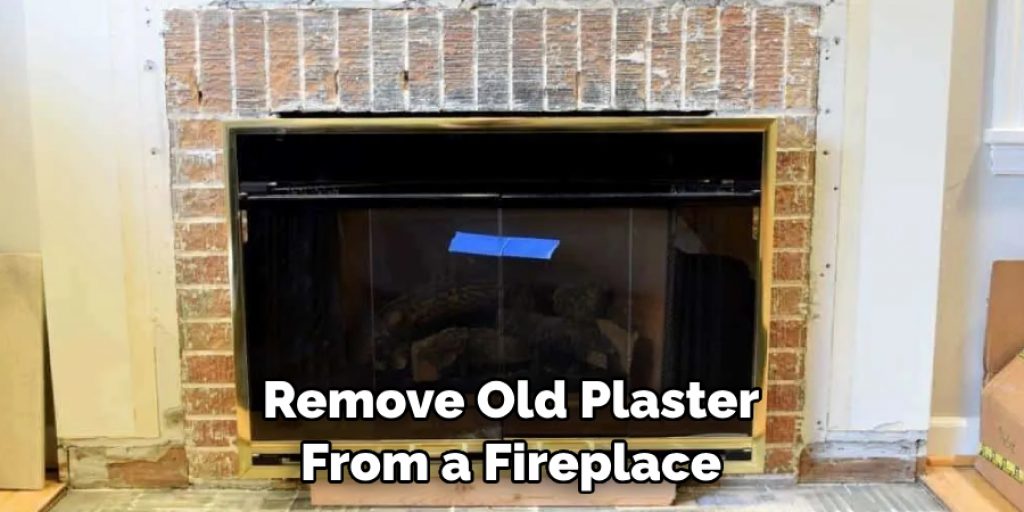
What Are the Different Types of Plasters Used for Fireplaces?
There are several different types of plaster available for use in fireplaces, each with its own advantages and disadvantages. Lime plaster is a traditional choice, however, it is very heavy and hard to spread evenly. Gypsum-based plasters are much lighter than lime and can be easier to manipulate. Finally, fiberglass plasters are incredibly durable and highly resistant to heat.
How Long Does Plaster Need to Dry Before It Is Ready for Use?
The drying time for plaster depends on the type of plaster being used, but generally, it will need to dry for at least 24 hours before it is ready for use. Some plasters may take as long as a week to fully set and harden. Check the manufacturer’s instructions for more specific drying times.
Do I Need to Apply Any Type of Sealant After Plastering a Fireplace?
Yes, it is important to apply sealant after plastering a fireplace in order to ensure that the area is protected from moisture and heat damage. Most plasters will require some form of sealant, but consult the manufacturer’s instructions for the specific type that is recommended. Sealant should be applied after the plaster has had time to dry completely.
Can I Use Plaster on a Stone Fireplace?
Yes, plaster can be used on stone fireplaces, however, it must be done carefully in order to ensure that the plaster does not damage or discolor the stone surface. Be sure to use a plaster that is specifically designed for stone surfaces and follow the manufacturer’s instructions. Additionally, it is important to make sure that the stone fireplace is clean and dry before beginning work on the plaster.

Conclusion
Plastering a fireplace is a great way to make a room or entire home look more inviting for guests. It’s not an easy job, but with the right tools and dedication, you can get the job done in no time. Just be aware of what type of fireplace you’re working with so that you choose the correct products and materials. Don’t forget to use safety measures such as ladder stabilizers and protective gear when using ladders or power tools.
Now you know how to plaster a fireplace! With proper knowledge and technique, your plasterwork will be sure to stand the test of time. It may help to enlist experienced help from a professional if you feel overwhelmed by the task ahead of you. Remember that perfection takes patience – and plastered walls add timeless beauty to any home setting!

